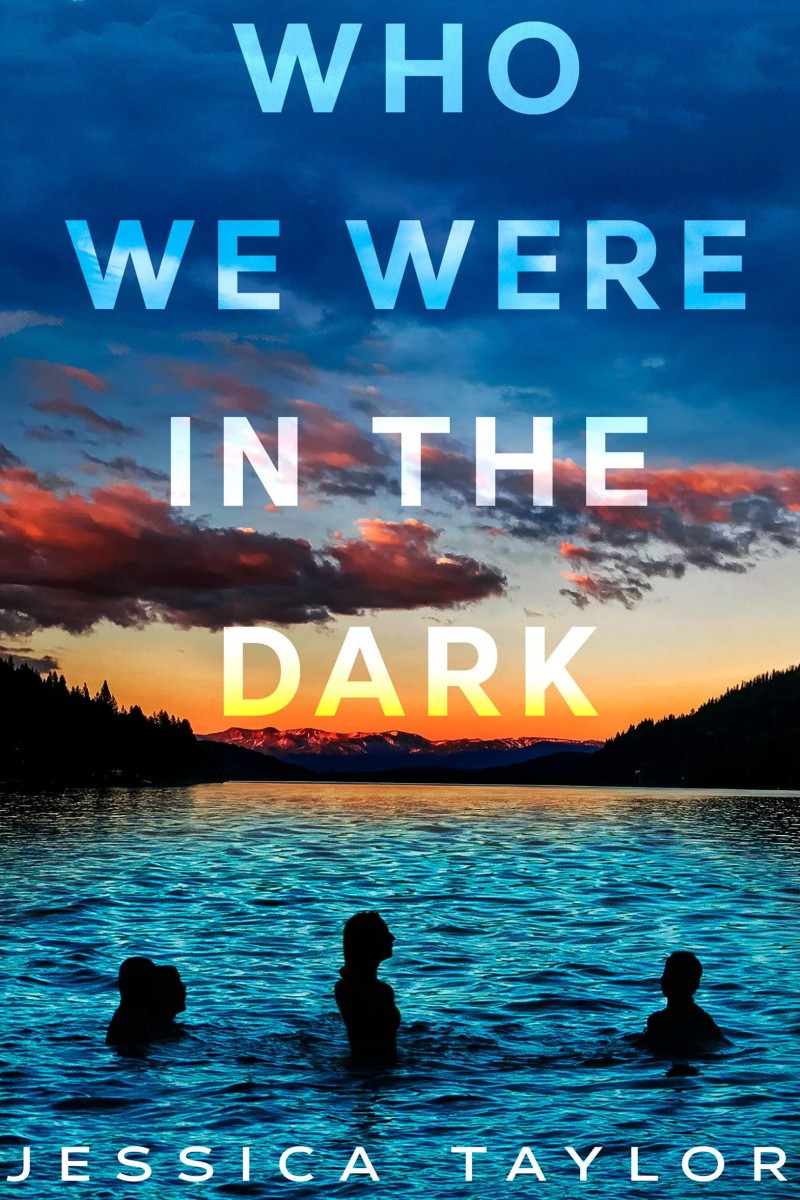
‘Who We Were in the Dark’ review: friends find escapism in coming-of-age story meets mystery novel
- Every summer, winter, and spring break, Nora Sharpe, her brother, Grace, and their friend Rand reunite at Donner Lake – that is, until Grace disappears
- Nora must now find figure out what exactly happened to Grace, the girl she thought she knew
 Released on July 5, “Who We Were in the Dark” is the latest addition to the teenage mystery genre. Photo: Handout/Goodreads
Released on July 5, “Who We Were in the Dark” is the latest addition to the teenage mystery genre. Photo: Handout/GoodreadsSet against the glistening water of Donner Lake in Northern California, Jessica Taylor’s new novel Who We Were in the Dark (Penguin Random House, 368 pages) explores familiar territory of angsty young adult fiction – and it has the philosophical one-liners to prove it.
Taylor uses Donner Lake and its surroundings to frame the story of narrator Nora Sharpe and her brother Wesley. The book drops the reader into the present day with an aura of mystery looming as Nora reflects on memories of the past and an event that shaped her time at the lake: the disappearance of her friend Grace Lombardi.
The story proceeds to cut between the past and present. In the past, the reader begins to piece together Nora and Wesley’s home life. Their mum is sick, unpaid bills are piling up, expenses are growing and their estranged dad – Kevin, as Nora pointedly calls him – wants to reconnect after years of Nora and Wesley thinking he was dead.
Marvel to introduce first LGBTQ+ Spider-Man in upcoming ‘Edge of Spider-Verse’
His idea of consolidating years of distance and lies? Trips to Donner Lake during school breaks.
That is where Nora and Wesley meet Grace and her friend Rand, and the quartet becomes inseparable. However, unlike traditional friendships built on vulnerability and truth, the four knowingly tell lies to each other to mask the skeletons in their wardrobes.
Grace becomes the group’s ringleader and lead adventurer, seeking the next grand scheme and pushing Nora, Wesley and Rand beyond their comfort zones until their fantasies cannot outrun reality. The book is a slow burn, taking its time to get to the real heart of the matter: Who is Grace, and where did she go?
The non-chronological timeline cleverly bolsters the mystery that Taylor spends over 300 pages building as the reader pieces together clues about the nature of Grace’s disappearance, but is akin to the feeling of a ping-pong ball being hit back and forth, leaving the reader confused as to what part of the story they are in now.
The book’s intrigue remains in Nora’s memories of the past, where we take time to empathise with the characters and dwell in the rich creations of the lives they wish they had. In comparison, the present-day chapters feel static until a rush of action hits the last act of the book.
The book is perfect for those who reminisce on the melancholic feelings that John Green’s Looking for Alaska gave them and want to further explore the genre of enigmatic young women who go missing, only for the remaining characters to reckon with their guilt over the disappearance.
While Who We Were in the Dark does not present a fresh take on the teenage mystery, it does meditate on the avenues of escapism we use to leave behind our darkest realities. Taylor’s characters know there is no beauty in the truth, but perhaps, that is when we need to face it the most.